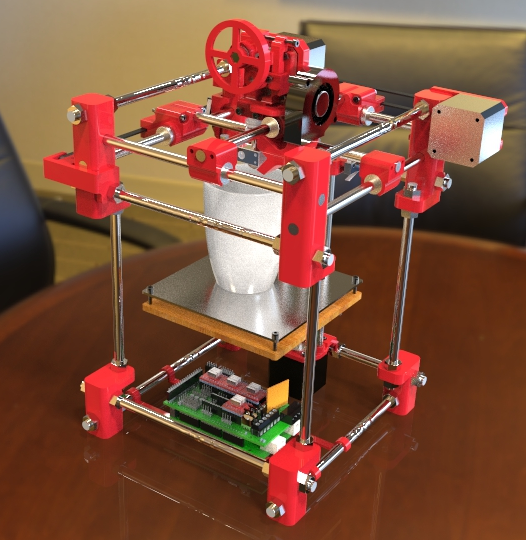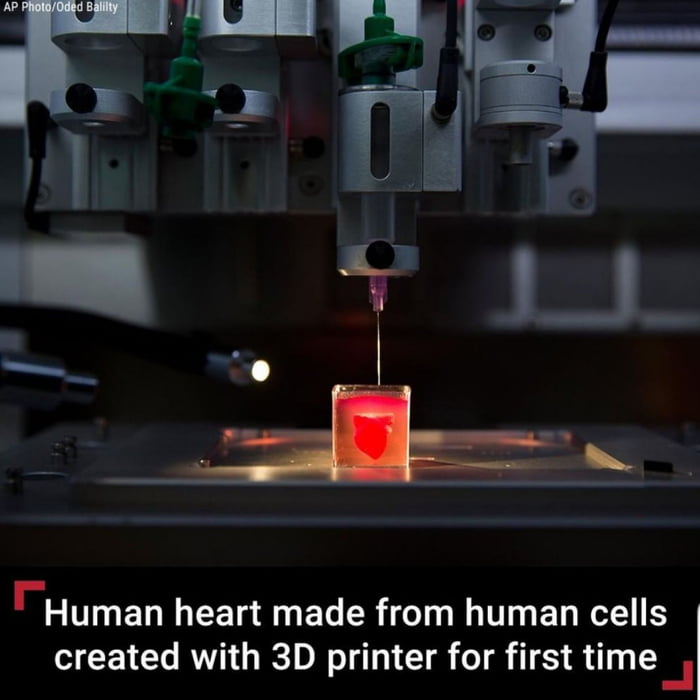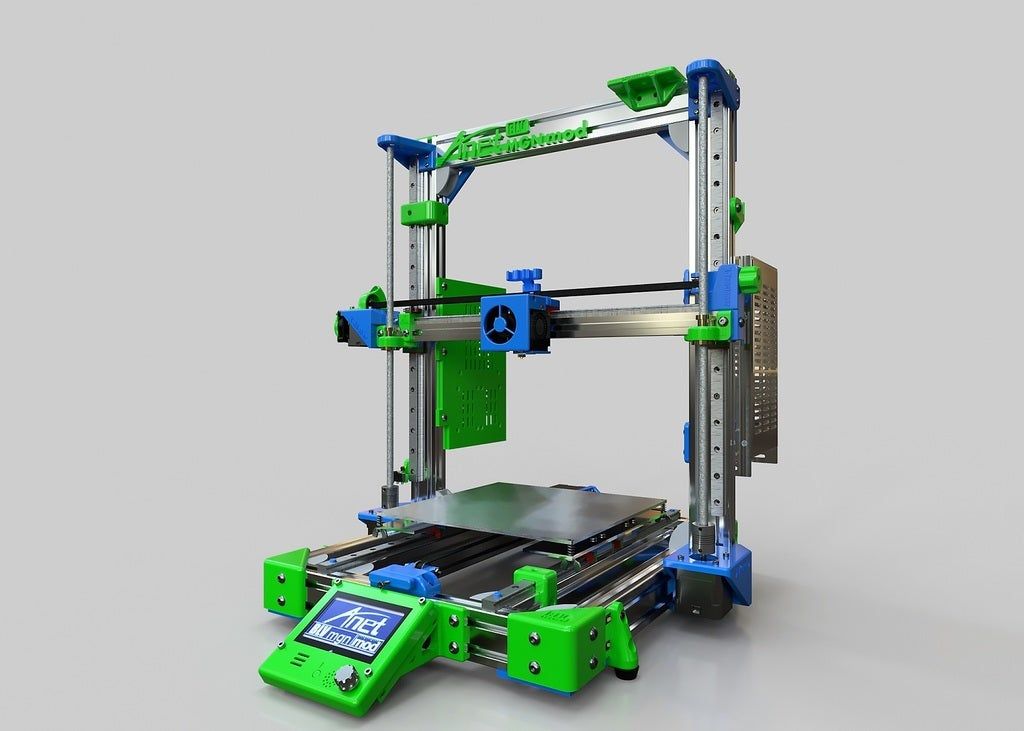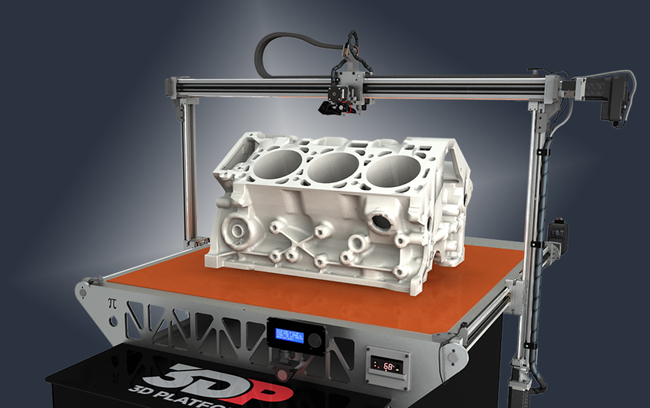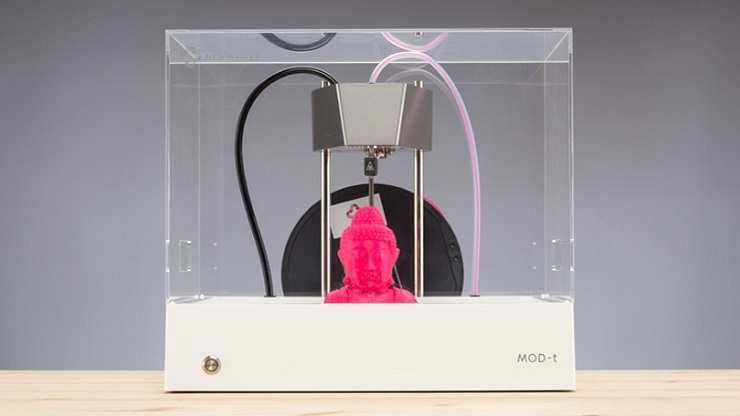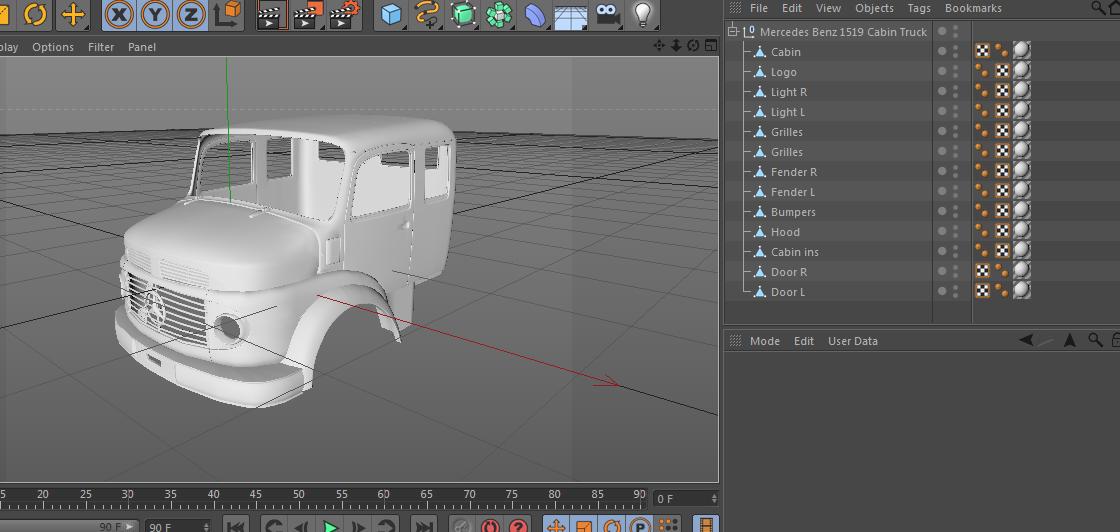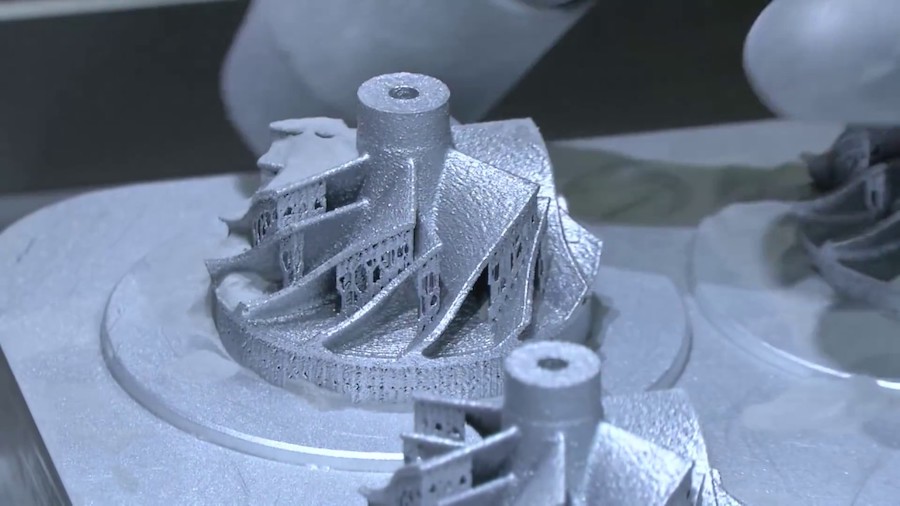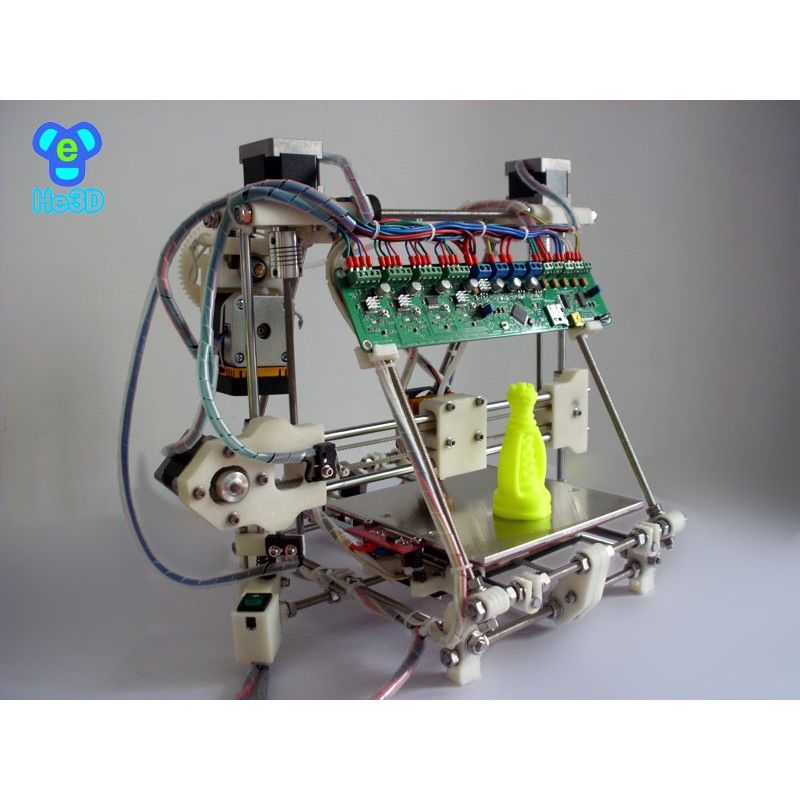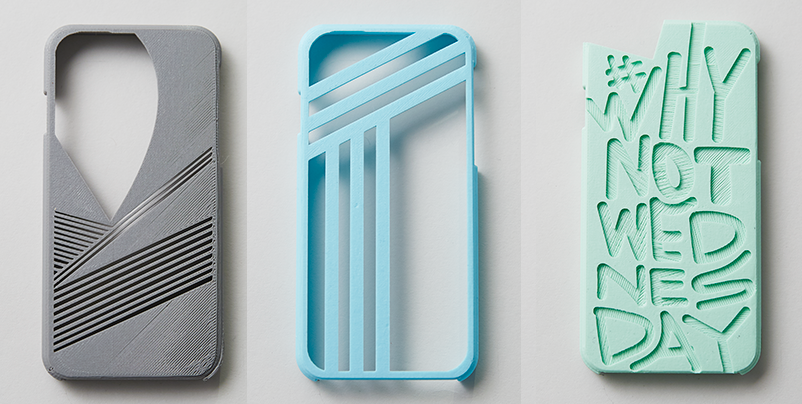Start a 3d printer business
How to Start a 3D Printing Business
The 3D printing market value increased on average 25% per year over the last five years. Its increased market value generated a boom of interest in setting up a 3D printing business. The 3D printing industry offers different niches in which to develop a business. While each type of 3D printing business will have specific requirements to start, there is general information that can make setting up any form of 3D printing business easier.
Decide Which Kind of 3D Printer You Want to Be
3D printing can be used in a variety of different ways. As such, there are many different niches for profitable 3D printing businesses. Some examples include 3D printing prototypes and manufacturing components, setting up a local 3D printing service, and 3D printing toys.
3D Printing of Prototypes and Models
Roughly 65% of the 3D printing demand comes from engineers developing industrial, electrical, or consumer goods. Also, industries such as architecture, engineering, technology, and medicine require models of devices, manufacturing parts, and chemical compounds. These industries also typically have a section of their research and development process dedicated to testing out prototype designs or finding more efficient ways of creating a needed manufacturing part. 3D printed parts and components not only speeds up production time but also lowers cost. Therefore, dedicating a 3D printing business to helping other businesses with these needs can be quite profitable.
Raise 3D recently interviewed 2050.AT, a 3D printer farm to learn how 3D printing assists manufacturing. 2050.AT created 3D printed components and parts. 2050.AT explained that 3D printing is valuable for producing parts that are hard to find or expensive to produce. 3D printers make prototyping more efficient. To learn more about 2050.AT’s range of work with 3D printing, click here.
3D Printing Service
A more general idea is to establish a local 3D printing service.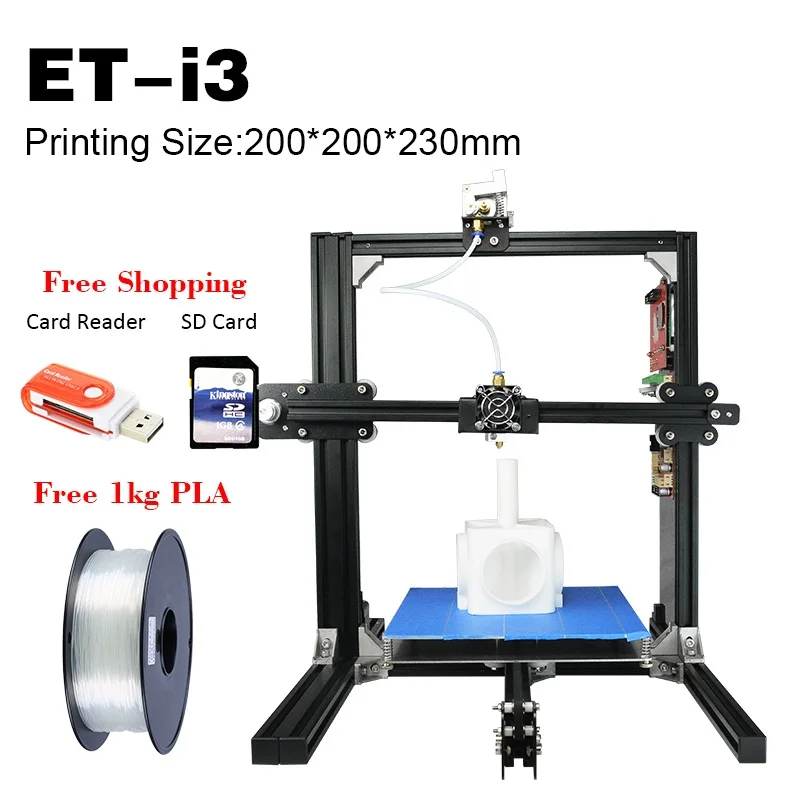 As we covered in the previous example, many businesses incorporate 3D printing into their production process. However, not all businesses can afford their 3D printers. In this situation, a local 3D printing service is still more efficient for these businesses than traditional research and manufacturing methods. A 3D printing service also can produce work for individuals that require their own 3d printed products. For example, students may need a 3D printed model for a school project. Or an artist may need 3D printed models or devices for art projects.
As we covered in the previous example, many businesses incorporate 3D printing into their production process. However, not all businesses can afford their 3D printers. In this situation, a local 3D printing service is still more efficient for these businesses than traditional research and manufacturing methods. A 3D printing service also can produce work for individuals that require their own 3d printed products. For example, students may need a 3D printed model for a school project. Or an artist may need 3D printed models or devices for art projects.
3D Printed Toys and Models for Children or Collectors
A third option is to 3D print toys and models of characters or clothing of a character for children, collectors, and cosplayers. For example, a helmet of a well-known character from a tv show or movie will be appealing to all three demographics.
What Kind of 3D Printing Business Can You Set Up?
As with any new business, a 3D printing business will take time to get off the ground.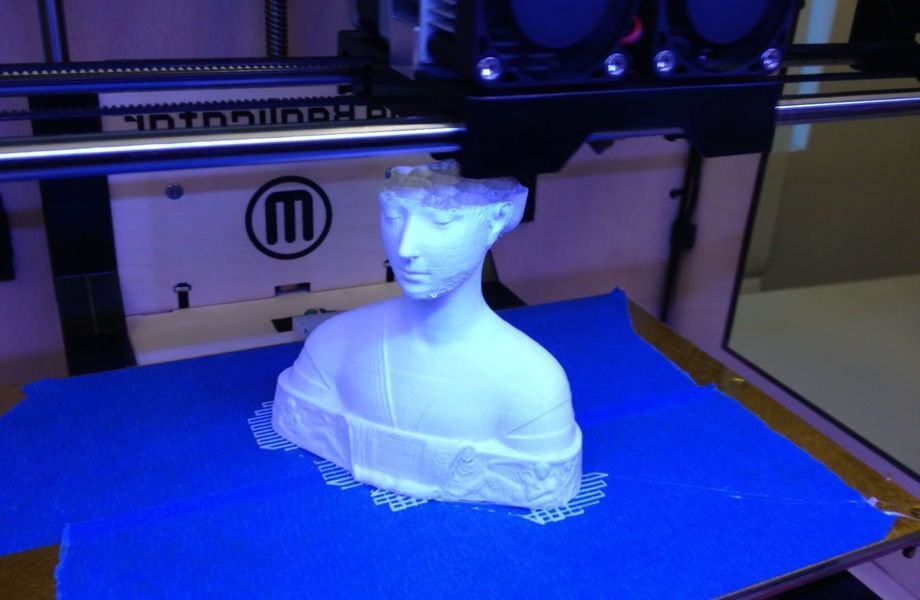 Therefore, part of deciding to start a 3D printing business is knowing how much you can handle. This includes knowing your budget, knowing how much physical space you can dedicate to your business, knowing how many people will be working with you, and knowing how much time you can put into each of your projects. Since not every kind of 3D printing business is the same, each niche will have its requirements. For example, 3D printing prototypes and manufacturing parts will require larger printers with more specialized capabilities.
Therefore, part of deciding to start a 3D printing business is knowing how much you can handle. This includes knowing your budget, knowing how much physical space you can dedicate to your business, knowing how many people will be working with you, and knowing how much time you can put into each of your projects. Since not every kind of 3D printing business is the same, each niche will have its requirements. For example, 3D printing prototypes and manufacturing parts will require larger printers with more specialized capabilities.
How Much Does Starting a 3D Printing Business Cost?
The actual cost of starting a 3D printing business depends on the type of focus you choose. However, the cost of setting up a 3D printing business ranges from $1,000 to $10,000. This cost will be affected by the type of 3D printer that you choose, utilities, rent (if you choose to not work from home), software, and marketing. The cost of a 3D printer changes based on the size, capabilities, and quality that you wish to produce.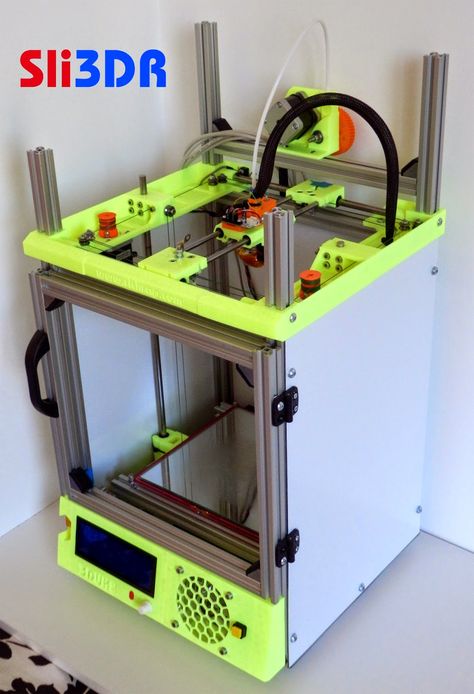
3D Printing Filaments
A crucial aspect of establishing a 3D printing business is in understanding the capabilities, characteristics, and differences of each printing material. The different kinds of 3d printing materials are also known as filaments. The most common filaments for 3D printing are plastics. Each plastic has its strengths which make it suitable for different projects and tasks. Sometimes a 3D printed device has many parts to it, and each part may perform better with a different kind of plastic. For example, TPU/TPE filaments are flexible sometimes to the point of being like rubber. And PLA filament is durable and easy to print.
3D Printing Competitors
Each type of 3D printing business will have its market and competitors. For example, a 3D printing service will have a local market with local competitors. Meanwhile, 3d printed toys and models will rely heavily on online sales and social media.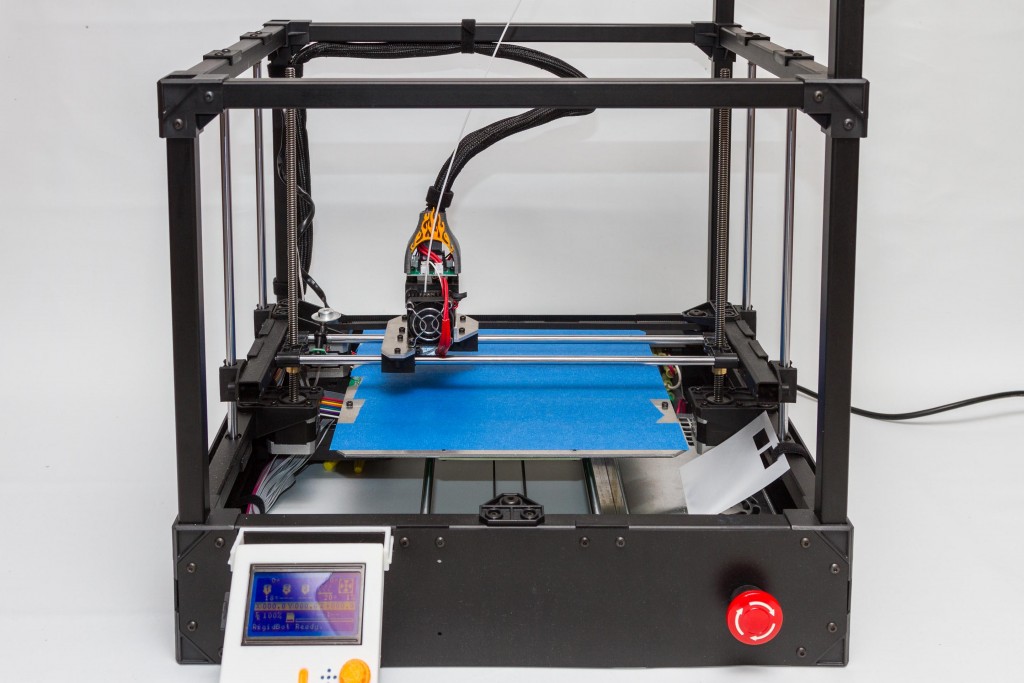 A general suggestion for all 3D printing businesses is to find an focus on making yourself visible on the platforms where other businesses like yours appear.
A general suggestion for all 3D printing businesses is to find an focus on making yourself visible on the platforms where other businesses like yours appear.
Making Your 3D Printing Business Stand Out
All forms of 3d printing businesses are competitive, and it can be hard to know how to stand out from competitors. One way of adding value is to know how to do model design. Model design is a necessary procedure to create a 3D printed product. Many businesses contract out the model design process to another business. However, you can learn how the process of turning an image into a digital model which will be used for 3D printing. This will give you more control over your project and keep your work in-house. Another way to stand out from your competition is through post finish. Post finish means smoothing out the final 3D printed device and adding color. Deciding how far you want to go with post finish can also help you stand out from other 3D printing businesses.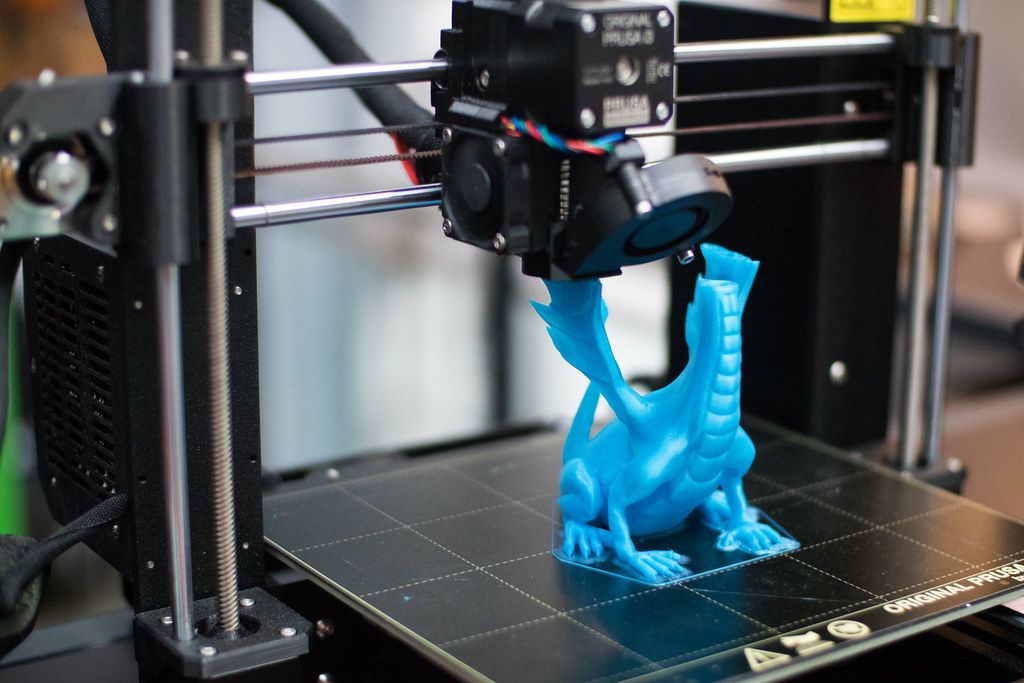
3D printing offers a variety of niches to establish a profitable business. Knowing the exact details for setting up the foundations for each niche will require more specific research. However, there are some common factors for establishing any kind of 3D printing business such as learning about filaments and knowing your competitors. Once these factors are known, a strong foundation can be built for a profitable 3D printing business.
Connect with Raise3D:
Have you had a great experience with Raise3D that you would like to share? Please contact us at [email protected]. We look forward to hearing from you.
For more information about Raise3D printers and services, browse our website, or schedule a demo with one of our 3D printing experts.
How to Start a 3D Printing Business in 2023
3D printing is taking off! But you can still get in on the ground floor and ride this elevator to the top. It’s a $14 billion global market that’s expected to grow four-fold by 2026.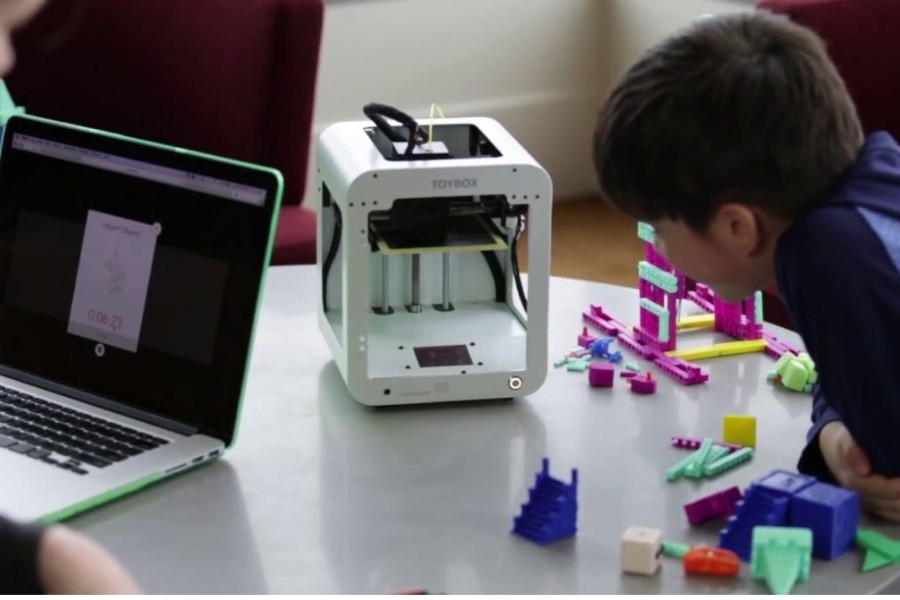
Most startups can’t afford their own 3D printer, and many turn to a 3D printing service to produce their initial prototypes. Toys and home décor are also popular 3D printing products. Opening a 3D printing business, which you can do in your home, is an incredible opportunity to join a booming industry and make good money.
You can’t, however, simply make a 3D print of a 3D printing business and hit the ground running. You need to understand the nitty-gritty, which is what you will find in this step-by-step guide that is loaded with tips and insights to help you begin your entrepreneurial adventure.
Step 1: Decide if the Business Is Right for You
Pros and cons
Starting a 3D printing business has pros and cons that you should consider before deciding if it’s right for you.
Pros
- Good Profit – Prices for 3D prints cost up to $1,000 or more
- Global Clientele – Work from home, take orders from anywhere
- Strong Retention – Happy customers tend to return
Cons
- Evolving Technology – 3D printers quickly become outdated
- Expensive – 3D printers don’t come cheap
3D printing industry trends
The 3D printer manufacturing industry in the US has strongly recovered from the pandemic slump. The opportunity is there for the bold entrepreneur to jump in and ride the wave.
The opportunity is there for the bold entrepreneur to jump in and ride the wave.
Industry size and growth
- Industry size and past growth – The 3D printer manufacturing industry in the US has returned to a high growth path, reaching a revenue of $6.3 billion, the highest in the past 10 years. The industry has been growing by 14% per year since 2017.((https://www.ibisworld.com/industry-statistics/market-size/3d-printer-manufacturing-united-states/))
- Growth forecast – The $14 billion global 3D printing market is expected to grow 30% yearly to reach $63 billion by 2026.((https://www.mordorintelligence.com/industry-reports/3d-printing-market))
- Number of businesses – There are 131 3D printer manufacturers in the US.((https://www.ibisworld.com/industry-statistics/number-of-businesses/3d-printer-manufacturing-united-states/))
- Number of people employed – The industry employs 5,000 people.
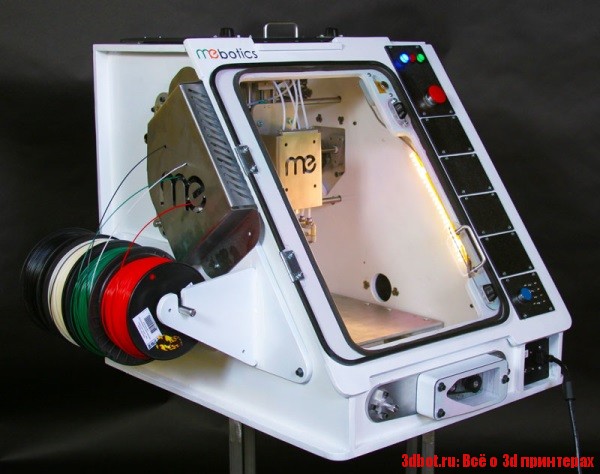 ((https://www.ibisworld.com/industry-statistics/employment/3d-printer-manufacturing-united-states/))
((https://www.ibisworld.com/industry-statistics/employment/3d-printer-manufacturing-united-states/))
Trends and challenges
Trends in 3D printing include:
- Advancing technology is opening doors for many new 3D printing applications, fueling the growth of the industry. The most common use of a 3D printer remains the making of prototypes, but other applications include toys and home decor.
- New types of 3D printing material are emerging, including polymers and metals, contributing to the advance of the industry. New products that can be 3D printed include tool components, and even finished auto parts.
Challenges in the 3D printing industry also exist, which include:
- 3D printing may threaten intellectual property rights since printers can potentially duplicate patented products. This may lead to increased regulation in 3D printing.
- Advancing technologies can make current 3D printers obsolete, creating a need for printing businesses to regularly upgrade their equipment.
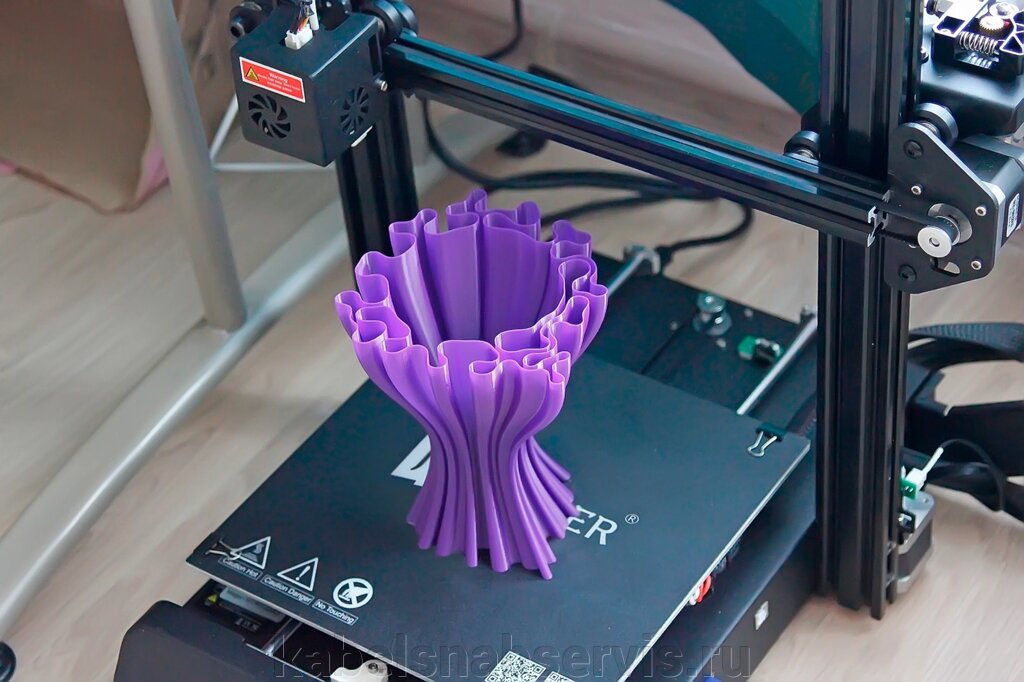
What kind of people work in 3D printing?
- Gender – 84% of 3D designers are male, while 16% are female.((https://www.zippia.com/3d-designer-jobs/demographics/#gender-statistics))
- Average level of education – 64% of 3D designers hold a bachelor’s degree.((https://www.zippia.com/3d-designer-jobs/demographics/#degree-level-types))
- Average age – The average age of an employed 3D designer is 38 years old.((https://www.zippia.com/3d-designer-jobs/demographics/#age-statistics))
How much does it cost to start a 3D printing business?
Startup costs for a 3D printing business range from $7,000 to $16,000. The highest costs are the printer itself and 3D design software. The high end reflects purchasing a more expensive printer with better functionality. Other than those items, you just need printing materials such as plastic or metal, in addition to enough space to create a small studio.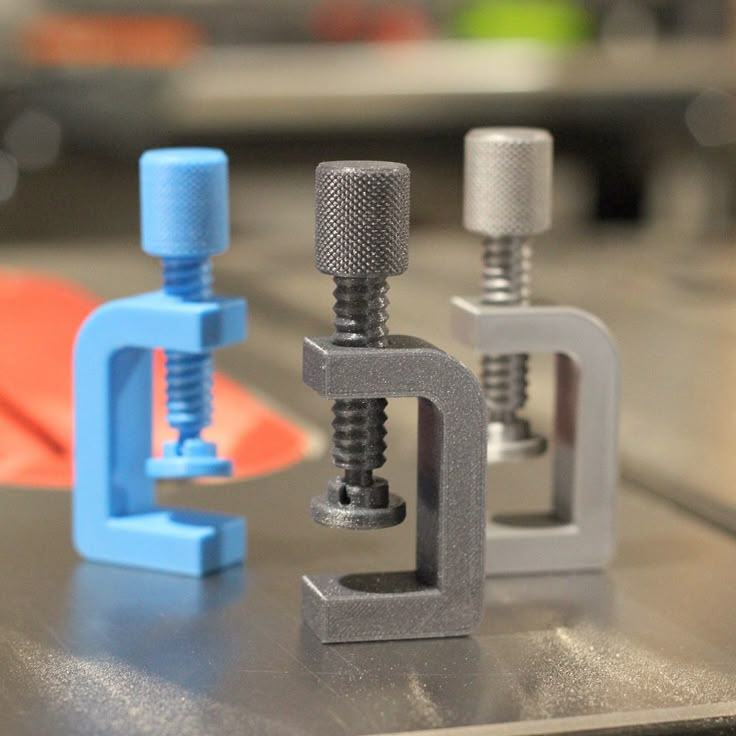
You could also take an online course through a site like Udemy for less than $30. Courses are self study and can be completed in 4 to 8 hours.
| Start-up Costs | Ballpark Range | Average |
|---|---|---|
| Setting up a business name and corporation | $150 - $200 | $175 |
| Business licenses and permits | $100 - $300 | $200 |
| Insurance | $100-$300 | $200 |
| Business cards and brochures | $200 - $300 | $250 |
| Website setup | $1,000 - $3,000 | $2,000 |
| 3D Printer | $3,000 - $7,000 | $5,000 |
| Design software | $2,000 - $4,000 | $3,000 |
| Materials for printing | $500 - $1,000 | $750 |
| Total | $7,050 - $16,100 | $11,575 |
How much can you earn from a 3D printing business?
Prices for 3D prints vary greatly depending on the complexity, but can range from $30 to $1,000 or more.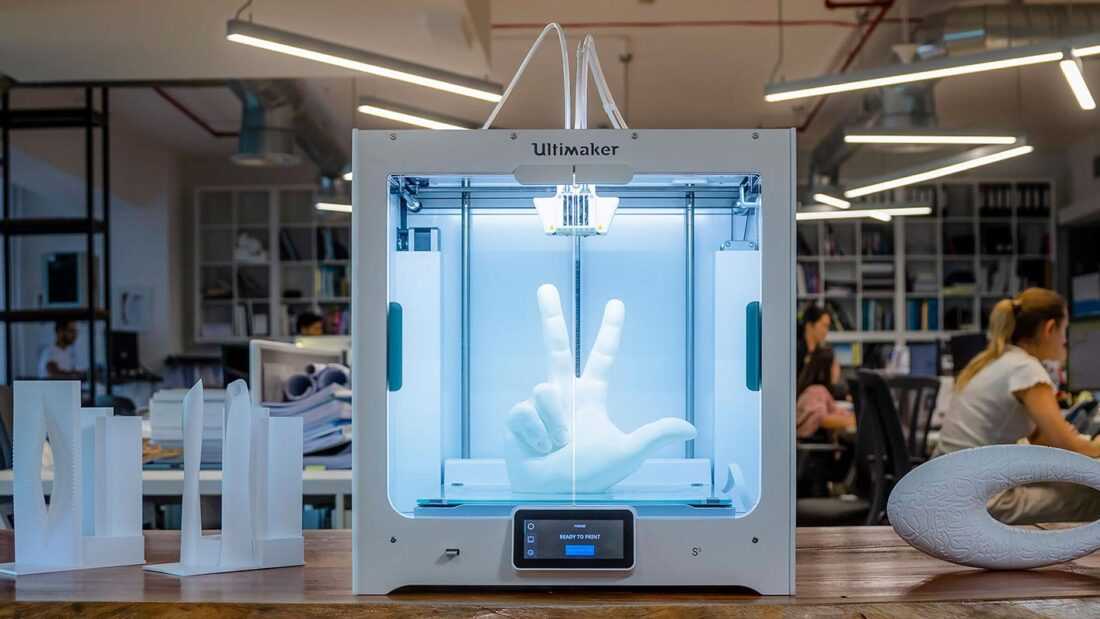 If you specialize in prototypes, designs are likely to be complex, so these calculations will assume an average price of $500. Your profit margin after the cost of materials should be around 80%.
If you specialize in prototypes, designs are likely to be complex, so these calculations will assume an average price of $500. Your profit margin after the cost of materials should be around 80%.
In your first year or two, you could work from home and sell 5 prints a week, bringing in $130,000 in annual revenue. This would mean over $100,000 in profit, assuming that 80% margin. As your brand gains recognition, sales could climb to 25 prints a week. At this stage, you’d rent a commercial space and hire staff, reducing your margin to 30%. With expected annual revenue of $650,000, you’d make nearly $200,000.
What barriers to entry are there?
There are a few barriers to entry for a 3D printing business. Beyond mastering the 3D printing process, your biggest challenges will be:
- Funding the costs of starting the business
- Facing massive competition from online 3D printing companies
Related Business Ideas
If you’re still not sure whether this business idea is the right choice for you, here are some related business opportunities to help you on your path to entrepreneurial success.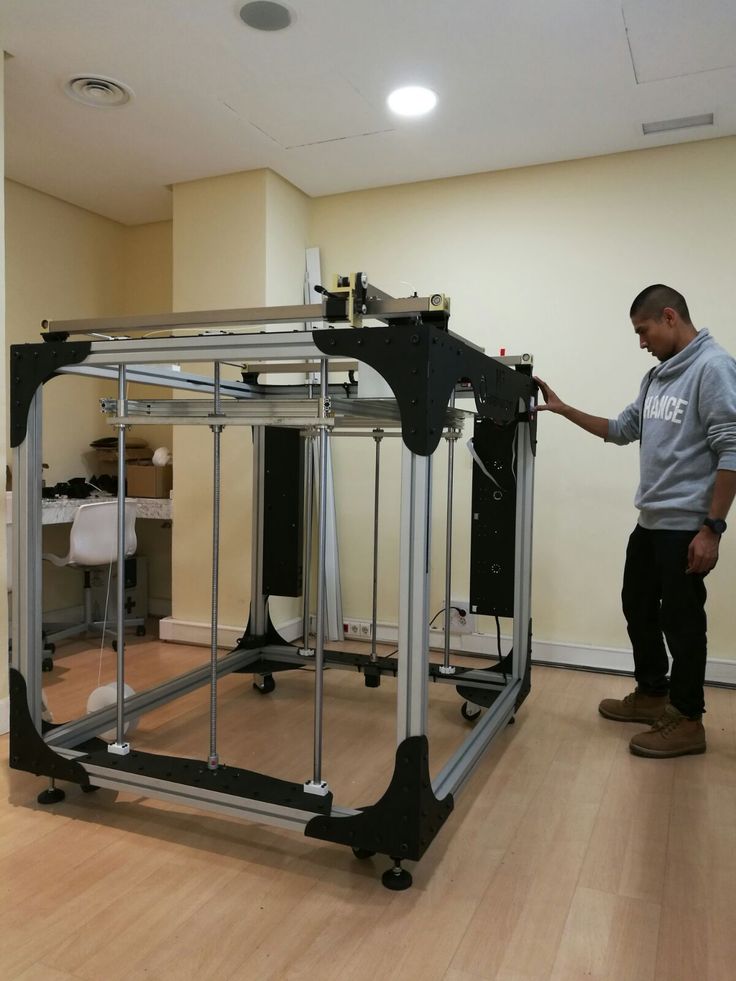
Step 2: Hone Your Idea
Now that you know what’s involved in starting a 3D printing business, it’s a good idea to hone your concept in preparation to enter a competitive market.
Why? Identify an opportunity
Research 3D printing businesses in your area to examine their services, price points, and what sells best. You’re looking for a market gap to fill. For instance, maybe the local market is missing a 3D prototype printing business.
You might consider targeting a niche market by specializing in a certain aspect of your industry, such as 3D printed toys.
This could jumpstart your word-of-mouth marketing and attract clients right away.
What? Determine your products or services
Your services will depend on the capabilities of your 3D printer. If you have advanced capabilities, prototypes will be your highest-priced services. However, you should probably offer a wide range of services to maximize revenue.
How much should you charge for 3D printing?
Prices will vary based on the complexity of the print and the materials used. Complex items may cost $1,000 or more. You’ll price products on a case-by-case basis. When you’re working by yourself from home you should aim for a profit margin of about 80%.
Complex items may cost $1,000 or more. You’ll price products on a case-by-case basis. When you’re working by yourself from home you should aim for a profit margin of about 80%.
Once you know your costs, you can use this Step By Step profit margin calculator to determine your markup (use our Markup Calculator) and final price point. Remember, the price you use at launch should be subject to change if warranted by the market.
Who? Identify your target market
If you do mostly prototypes, your target market will be entrepreneurs. You can find them on sites like LinkedIn. You could also partner with local business incubators and small business development centers to get referrals.
Where? Choose your business premises
In the early stages, you may want to run your business from home to keep costs low. But as your business grows, you’ll likely need to hire workers for various roles and may need to rent out a production facility. Find commercial space to rent in your area on sites such as Craigslist, Crexi, and Instant Offices.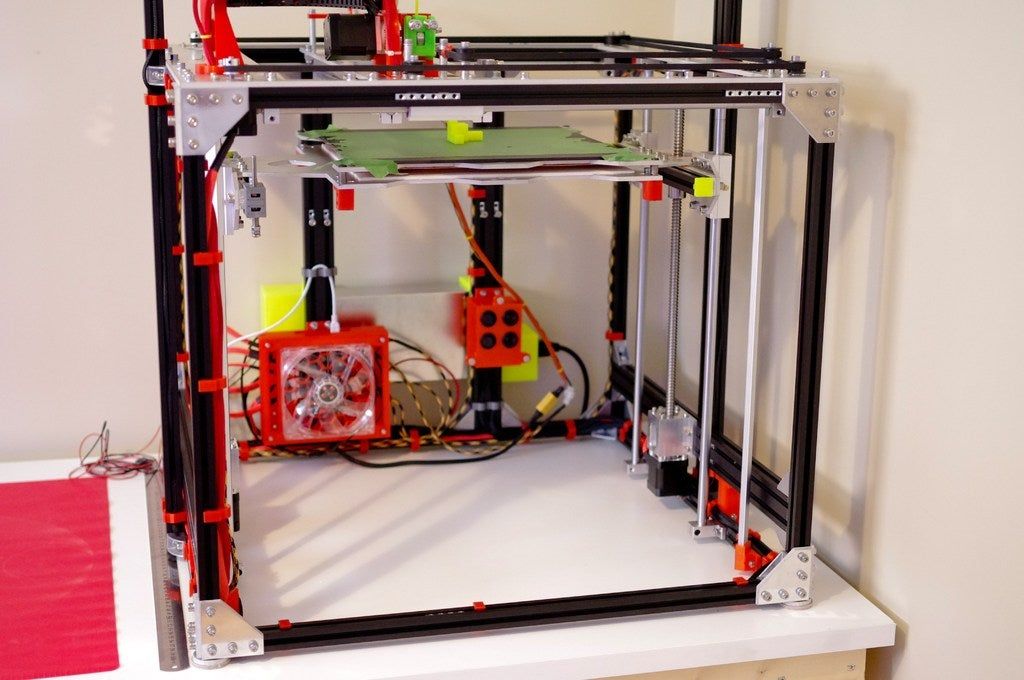
When choosing a commercial space, you may want to follow these rules of thumb:
- Central location accessible via public transport
- Ventilated and spacious, with good natural light
- Flexible lease that can be extended as your business grows
- Ready-to-use space with no major renovations or repairs needed
Step 3: Brainstorm a Business Name
Your business name is your business identity, so choose one that encapsulates your objectives, services, and mission in just a few words. You probably want a name that’s short and easy to remember, since much of your business, and your initial business in particular, will come from word-of-mouth referrals.
Here are some ideas for brainstorming your business name:
- Short, unique, and catchy names tend to stand out
- Names that are easy to say and spell tend to do better
- Name should be relevant to your product or service offerings
- Ask around — family, friends, colleagues, social media — for suggestions
- Including keywords, such as “3D printer” or “3D printing”, boosts SEO
- Name should allow for expansion, for ex: “Jim’s Bakery” over “Jim’s Cookies”
- Avoid location-based names that might hinder future expansion
- Use online tools like the Step by Step Business Name Generator.
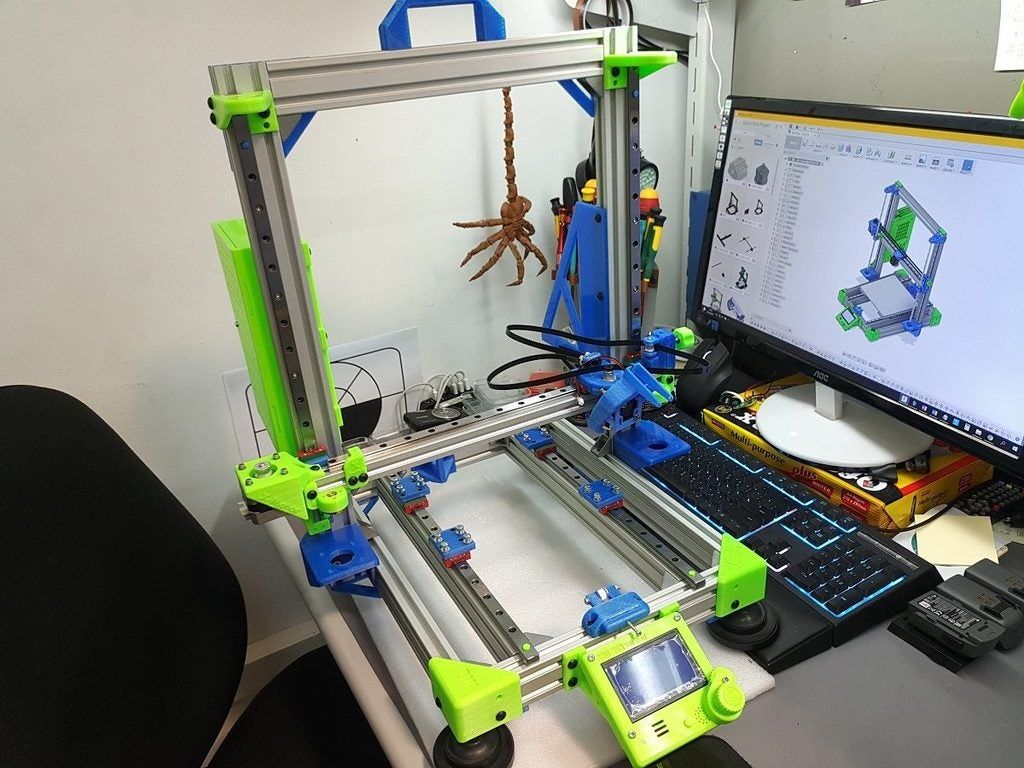 Just type in a few keywords and hit “generate” and you’ll have dozens of suggestions at your fingertips.
Just type in a few keywords and hit “generate” and you’ll have dozens of suggestions at your fingertips.
Once you’ve got a list of potential names, visit the website of the US Patent and Trademark Office to make sure they are available for registration and check the availability of related domain names using our Domain Name Search tool. Using “.com” or “.org” sharply increases credibility, so it’s best to focus on these.
Finally, make your choice among the names that pass this screening and go ahead with domain registration and social media account creation. Your business name is one of the key differentiators that set your business apart. Once you pick your company name, and start with the branding, it is hard to change the business name. Therefore, it’s important to carefully consider your choice before you start a business entity.
Step 4: Create a Business Plan
Every business needs a plan. This will function as a guidebook to take your startup through the launch process and maintain focus on your key goals.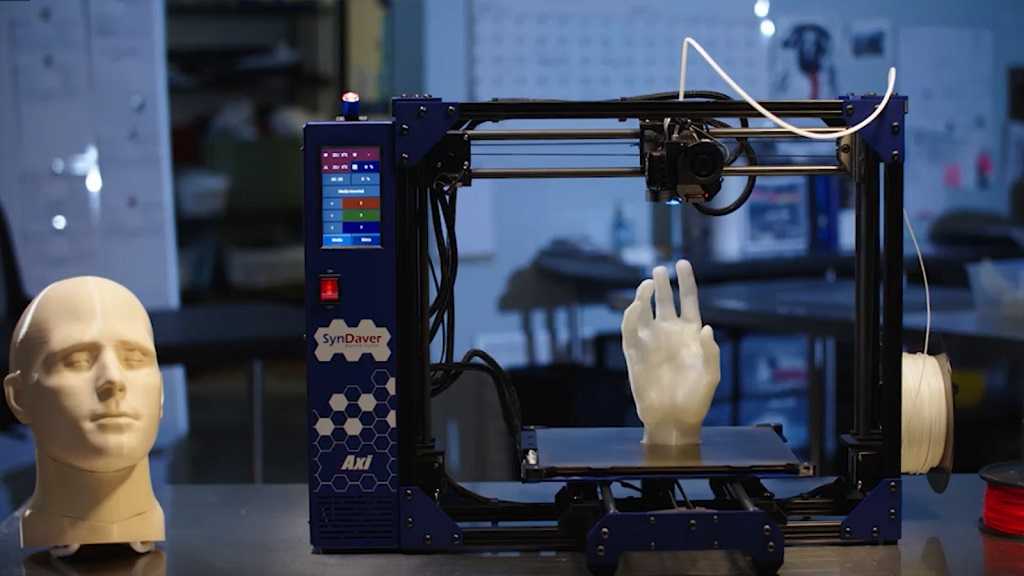 A business plan also enables potential partners and investors to better understand your company and its vision:
A business plan also enables potential partners and investors to better understand your company and its vision:
- Executive Summary: Brief overview of the entire business plan; should be written after the plan is complete.
- Business Overview: Overview of the company, vision, mission, ownership, and corporate goals.
- Product and Services: Describe your offerings in detail.
- Market Analysis: Assess market trends such as variations in demand and prospects for growth, and do a SWOT analysis.
- Competitive Analysis: Analyze main competitors, assess their strengths and weaknesses, and create a list of the advantages of your services.
- Sales and Marketing: Examine your companies’ unique selling propositions (USPs) and develop sales, marketing, and promotional strategies.
- Management Team: Overview of management team, detailing their roles and professional background, along with a corporate hierarchy.
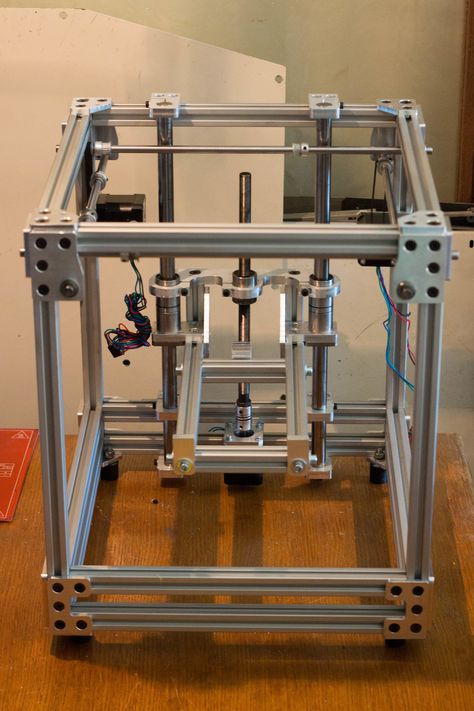
- Operations Plan: Your company’s operational plan includes procurement, office location, key assets and equipment, and other logistical details.
- Financial Plan: Three years of financial planning, including startup costs, break-even analysis, profit and loss estimates, cash flow, and balance sheet.
- Appendix: Include any additional financial or business-related documents.
If you’ve never created a business plan, it can be an intimidating task. You might consider hiring a business plan specialist at Fiverr to create a top-notch business plan for you.
Step 5: Register Your Business
Registering your business is an absolutely crucial step — it’s the prerequisite to paying taxes, raising capital, opening a bank account, and other guideposts on the road to getting a business up and running.
Plus, registration is exciting because it makes the entire process official. Once it’s complete, you’ll have your own business!
Choose where to register your company
Your business location is important because it can affect taxes, legal requirements, and revenue.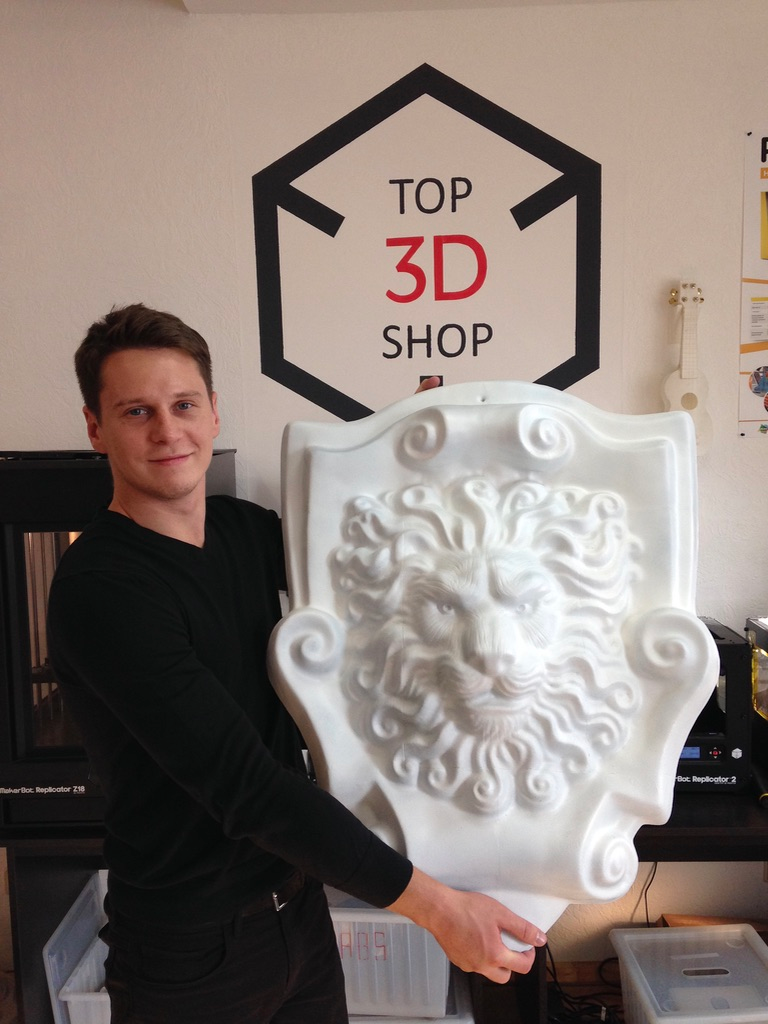 Most people will register their business in the state where they live, but if you’re planning to expand, you might consider looking elsewhere, as some states could offer real advantages when it comes to 3D printing businesses.
Most people will register their business in the state where they live, but if you’re planning to expand, you might consider looking elsewhere, as some states could offer real advantages when it comes to 3D printing businesses.
If you’re willing to move, you could really maximize your business! Keep in mind, it’s relatively easy to transfer your business to another state.
Choose your business structure
Business entities come in several varieties, each with its pros and cons. The legal structure you choose for your 3D printing business will shape your taxes, personal liability, and business registration requirements, so choose wisely.
Here are the main options:
- Sole Proprietorship – The most common structure for small businesses makes no legal distinction between company and owner. All income goes to the owner, who’s also liable for any debts, losses, or liabilities incurred by the business. The owner pays taxes on business income on his or her personal tax return.
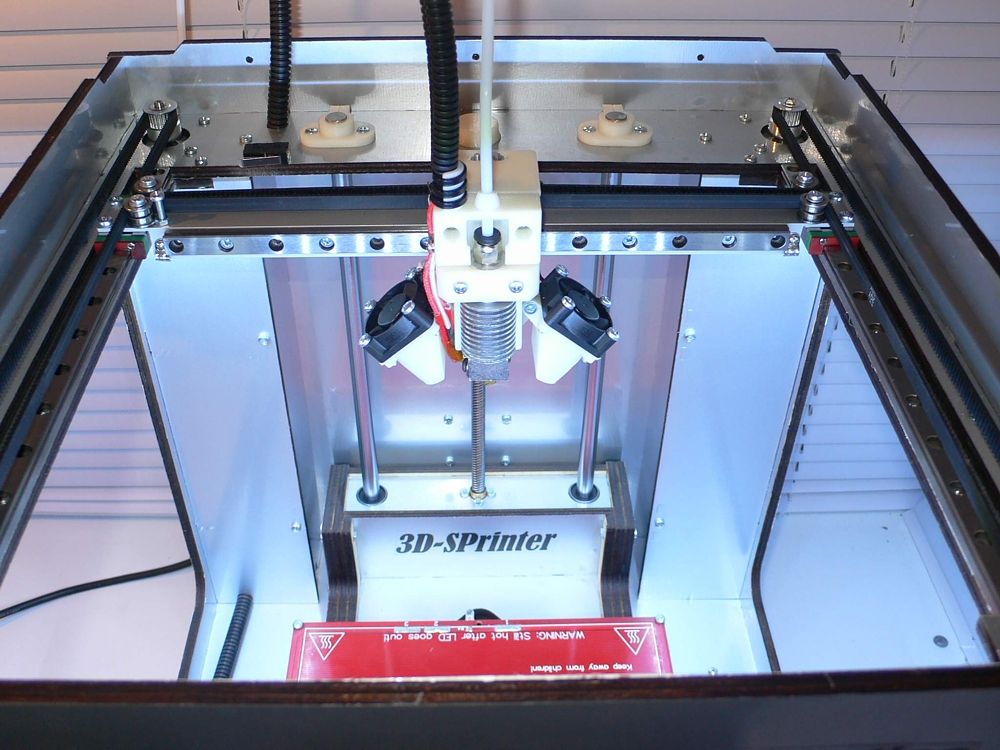
- General Partnership – Similar to a sole proprietorship, but for two or more people. Again, owners keep the profits and are liable for losses. The partners pay taxes on their share of business income on their personal tax returns.
- Limited Liability Company (LLC) – Combines the characteristics of corporations with those of sole proprietorships or partnerships. Again, the owners are not personally liable for debts.
- C Corp – Under this structure, the business is a distinct legal entity and the owner or owners are not personally liable for its debts. Owners take profits through shareholder dividends, rather than directly. The corporation pays taxes, and owners pay taxes on their dividends, which is sometimes referred to as double taxation.
- S Corp – An S-Corporation refers to the tax classification of the business but is not a business entity. An S-Corp can be either a corporation or an LLC, which just needs to elect to be an S-Corp for tax status.
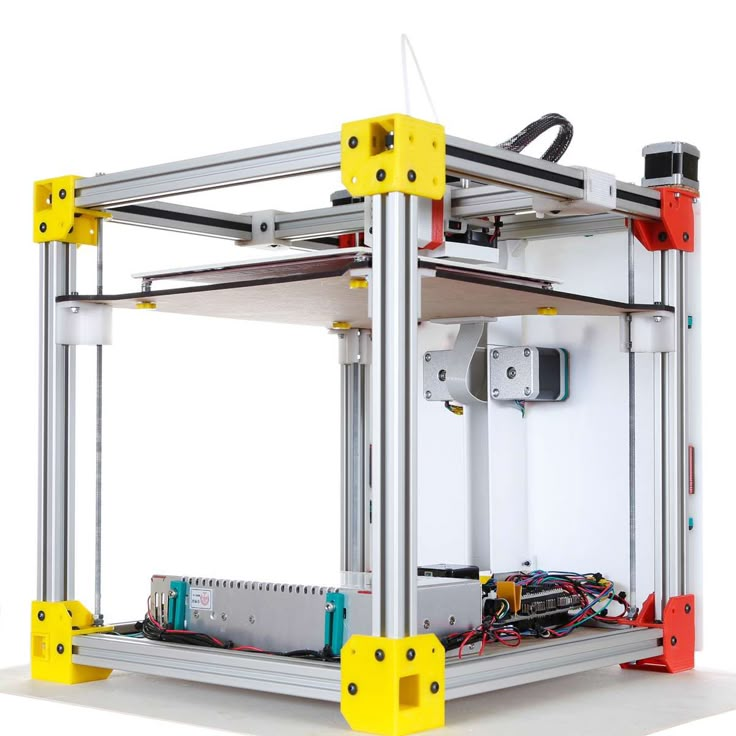 In an S-Corp, income is passed through directly to shareholders, who pay taxes on their share of business income on their personal tax returns.
In an S-Corp, income is passed through directly to shareholders, who pay taxes on their share of business income on their personal tax returns.
We recommend that new business owners choose LLC as it offers liability protection and pass-through taxation while being simpler to form than a corporation. You can form an LLC in as little as five minutes using ZenBusiness’s online LLC formation service. They will check that your business name is available before filing, submit your Articles of Organization, and answer any questions you might have.
Step 6: Register for Taxes
The final step before you’re able to pay taxes is getting an Employer Identification Number, or EIN. You can file for your EIN online or by mail or fax: visit the IRS website to learn more. Keep in mind, if you’ve chosen to be a sole proprietorship you can simply use your social security number as your EIN.
Once you have your EIN, you’ll need to choose your tax year. Financially speaking, your business will operate in a calendar year (January–December) or a fiscal year, a 12-month period that can start in any month.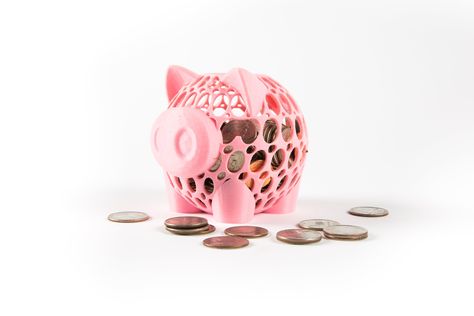 This will determine your tax cycle, while your business structure will determine which taxes you’ll pay.
This will determine your tax cycle, while your business structure will determine which taxes you’ll pay.
The IRS website also offers a tax-payers checklist, and taxes can be filed online.
It is important to consult an accountant or other professional to help you with your taxes to ensure you’re completing them correctly.
Step 7: Fund your Business
Securing financing is your next step and there are plenty of ways to raise capital:
- Bank loans: This is the most common method but getting approved requires a rock-solid business plan and strong credit history.
- SBA-guaranteed loans: The Small Business Administration can act as guarantor, helping gain that elusive bank approval via an SBA-guaranteed loan.
- Government grants: A handful of financial assistance programs help fund entrepreneurs. Visit Grants.gov to learn which might work for you.
- Friends and Family: Reach out to friends and family to provide a business loan or investment in your concept.
 It’s a good idea to have legal advice when doing so because SEC regulations apply.
It’s a good idea to have legal advice when doing so because SEC regulations apply. - Crowdfunding: Websites like Kickstarter and Indiegogo offer an increasingly popular low-risk option, in which donors fund your vision. Entrepreneurial crowdfunding sites like Fundable and WeFunder enable multiple investors to fund your business.
- Personal: Self-fund your business via your savings or the sale of property or other assets.
Bank and SBA loans are probably the best options, other than friends and family, for funding a 3D printing business. You might also try crowdfunding since 3D printing is such a booming industry.
Step 8: Apply for Licenses/Permits
Starting a 3D printing business requires obtaining a number of licenses and permits from local, state, and federal governments.
It’s important to note that several states are considering a ban on the 3D printing of firearms. New Jersey already has such a ban in place. Be aware that additional regulations may be on the horizon.
Be aware that additional regulations may be on the horizon.
Federal regulations, licenses, and permits associated with starting your business include doing business as, health license and permit from the Occupational Safety and Health Administration (OSHA), trademarks, copyrights, patents, and other intellectual properties, as well as industry-specific licenses and permits.
You may also need state-level and local county or city-based licenses and permits. The license requirements and how to obtain them vary, so check the websites of your state, city, and county governments or contact the appropriate person to learn more.
You could also check this SBA guide for your state’s requirements, but we recommend using MyCorporation’s Business License Compliance Package. They will research the exact forms you need for your business and state and provide them to ensure you’re fully compliant.
This is not a step to be taken lightly, as failing to comply with legal requirements can result in hefty penalties.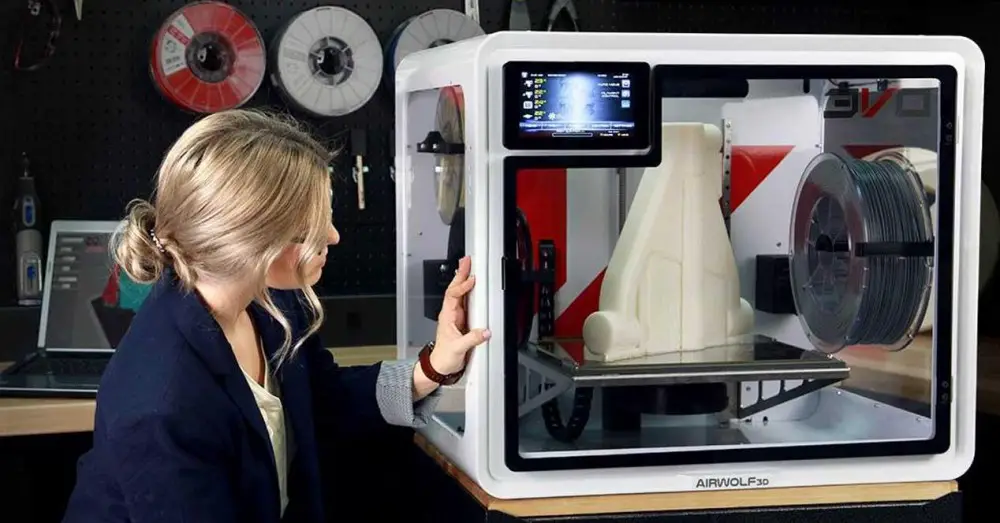
If you feel overwhelmed by this step or don’t know how to begin, it might be a good idea to hire a professional to help you check all the legal boxes.
Step 9: Open a Business Bank Account
Before you start making money, you’ll need a place to keep it, and that requires opening a bank account.
Keeping your business finances separate from your personal account makes it easy to file taxes and track your company’s income, so it’s worth doing even if you’re running your 3D printing business as a sole proprietorship. Opening a business bank account is quite simple, and similar to opening a personal one. Most major banks offer accounts tailored for businesses — just inquire at your preferred bank to learn about their rates and features.
Banks vary in terms of offerings, so it’s a good idea to examine your options and select the best plan for you. Once you choose your bank, bring in your EIN (or Social Security Number if you decide on a sole proprietorship), articles of incorporation, and other legal documents and open your new account.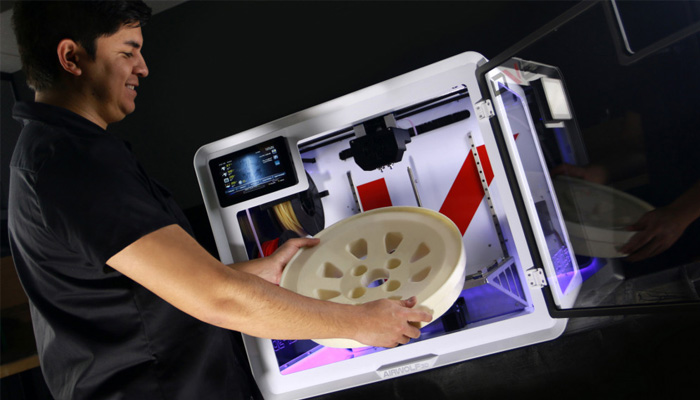
Step 10: Get Business Insurance
Business insurance is an area that often gets overlooked yet it can be vital to your success as an entrepreneur. Insurance protects you from unexpected events that can have a devastating impact on your business.
Here are some types of insurance to consider:
- General liability: The most comprehensive type of insurance, acting as a catch-all for many business elements that require coverage. If you get just one kind of insurance, this is it. It even protects against bodily injury and property damage.
- Business Property: Provides coverage for your equipment and supplies.
- Equipment Breakdown Insurance: Covers the cost of replacing or repairing equipment that has broken due to mechanical issues.
- Worker’s compensation: Provides compensation to employees injured on the job.
- Property: Covers your physical space, whether it is a cart, storefront, or office.
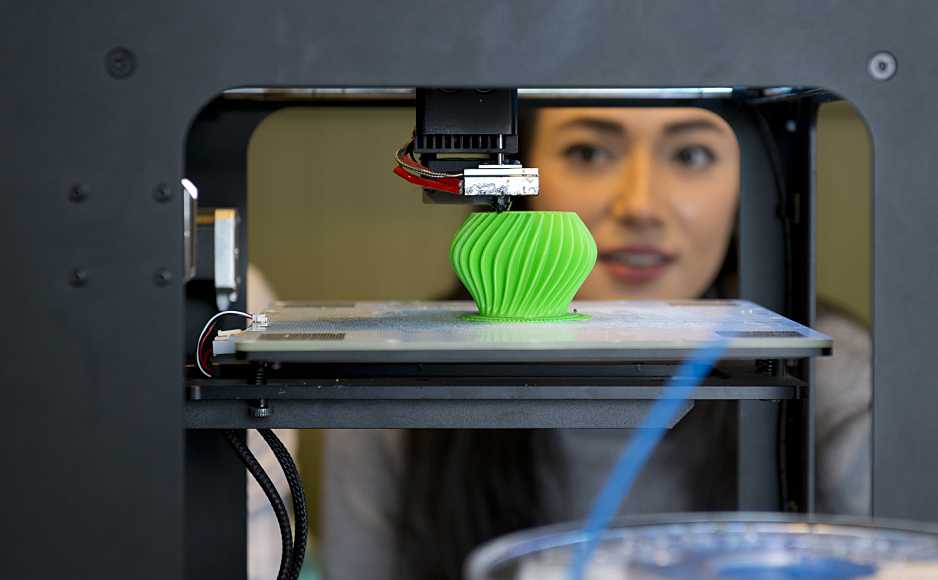
- Commercial auto: Protection for your company-owned vehicle.
- Professional liability: Protects against claims from a client who says they suffered a loss due to an error or omission in your work.
- Business owner’s policy (BOP): This is an insurance plan that acts as an all-in-one insurance policy, a combination of the above insurance types.
Step 11: Prepare to Launch
As the opening day nears, prepare for launch by reviewing and improving some key elements of your business.
Essential software and tools
Being an entrepreneur often means wearing many hats, from marketing to sales to accounting, which can be overwhelming. Fortunately, many websites and digital tools are available to help simplify many business tasks.
You can use industry-specific software, such as MakerOS, 3DPrinterOS, or All3DP, to manage your workflows, machines, quotes, and invoicing.
Accounting
- Popular web-based accounting programs for smaller businesses include Quickbooks, Freshbooks, and Xero.
- If you’re unfamiliar with basic accounting, you may want to hire a professional, especially as you begin. The consequences for filing incorrect tax documents can be harsh, so accuracy is crucial.
Marketing
Some of your business will come from online visitors, but still, you should invest in digital marketing! Getting the word out is especially important for new businesses, as it’ll boost customer and brand awareness.
Once your website is up and running, link it to your social media accounts and vice versa. Social media is a great tool for promoting your business because you can create engaging posts that advertise your products:
- Facebook: Great platform for paid advertising, allows you to target specific demographics, like men under age 50 in the Cleveland area.
- Instagram: Same benefits as Facebook but with different target audiences.
- Website: SEO will help your website appear closer to the top in relevant search results, a crucial element for increasing sales.
Make sure that you optimize calls to action on your website. Experiment with text, color, size, and position of calls to action such as “Order Now”. This can sharply increase purchases.
- Google and Yelp: For businesses that rely on local clientele, getting listed on Yelp and Google My Business can be crucial to generating awareness and customers.
Kickstart Marketing
Take advantage of your website, social media presence, and real-life activities to increase awareness of your offerings and build your brand. Some suggestions include:
- Signage – Put up eye-catching signage at your store and website.
- Flyering – Distribute flyers in your neighborhood and at industry events.
- In-Person Sales – Offer your 3D printing services at business incubators.
- Sponsor events – You can pay to be a sponsor at events that are relevant to your target market
- Post a video – Post a video about your 3D printing.
Use humor and maybe it will go viral!
- Start a blog – Start a blog and post regularly. Change up your content and share on multiple sites.
- Seek out referrals – Offer incentives to generate customer referrals to new clients.
- Paid ads on social media – Choose sites that will reach your target market and do targeted ads.
- Pay–per-click marketing – Use Google AdWords to perform better in searches. Research your keywords first.
- Do a webinar – Share your 3D printing expertise online with a video seminar.
Develop your website
Website development is crucial because your site is your online presence and needs to convince prospective clients of your expertise and professionalism. They are unlikely to find your website, however, unless you follow Search Engine Optimization (SEO) practices. These are steps that help pages rank higher in the results of top search engines like Google.
You can create your own website using services like WordPress, Wix, or Squarespace. This route is very affordable, but figuring out how to build a website can be time-consuming. If you lack tech-savvy, you can hire a web designer or developer to create a custom website for your business.
Focus on USPs
Unique selling propositions, or USPs, are the characteristics of a product or service that set it apart from the competition. Customers today are inundated with buying options, so you’ll have a real advantage if they are able to quickly grasp how your 3D printing meets their needs or wishes. It’s wise to do all you can to ensure your USPs stand out on your website and in your marketing and promotional materials, stimulating buyer desire.
Global pizza chain Domino’s is renowned for its USP: “Hot pizza in 30 minutes or less, guaranteed.” Signature USPs for your 3D printing business could be:
- Custom 3D toys for your child only!
- Custom 3D-printed home décor – the design is yours!
- Prototype printing to help launch your business
Networking
You may not like to network or use personal connections for business gain. But your personal and professional networks likely offer considerable untapped business potential. Maybe that Facebook friend you met in college is now running a 3D printing business, or a LinkedIn contact of yours is connected to dozens of potential clients. Maybe your cousin or neighbor has been in 3D printing for years and can offer invaluable insight and industry connections.
The possibilities are endless, so it’s a good idea to review your personal and professional networks and reach out to those with possible links to or interest in 3D printing. You’ll probably generate new customers or find companies with which you could establish a partnership. Online businesses might also consider affiliate marketing as a way to build relationships with potential partners and boost business.
Step 12: Build Your Team
If you’re starting out small from a home office, you may not need any employees. But as your business grows, you will likely need workers to fill various roles. Potential positions for a 3D printing business would include:
- Printers – make the 3D prints, customer service
- General Manager – staff management, ordering, accounting
- Marketing Lead – SEO strategies, social media, other marketing
At some point, you may need to hire all of these positions or simply a few, depending on the size and needs of your business. You might also hire multiple workers for a single role or a single worker for multiple roles, again depending on need.
Free-of-charge methods to recruit employees include posting ads on popular platforms such as LinkedIn, Facebook, or Jobs.com. You might also consider a premium recruitment option, such as advertising on Indeed, Glassdoor, or ZipRecruiter. Further, if you have the resources, you could consider hiring a recruitment agency to help you find talent.
Step 13: Start Making Money!
If you want to get into an industry that is growing by leaps and bounds, look no further. 3D printing is the market for you, expected to more than quadruple in size in the next few years.
Considering the potential money that you could make, startup costs are a relatively small investment. It’s also a business that has virtually unlimited growth potential, so your small at-home business could become something huge. Now that you understand what’s involved in 3D printing from a business perspective, get ready to launch your new business and start building a 3D printing empire.
3D Printing Business FAQs
How much does it cost to start a 3D printing business?
You can start a 3D printing business for as little as $7,000, which is a small investment compared to the money you can bring in. Costs will depend on how advanced your printer is, but keep in mind that the more you spend, the more potential printing applications you’ll be able to offer.
How profitable can a 3D printing business be?
Even with a small 3D printing operation at home, you could make six figures. 3D printing prices are customized based on the complexity of the print and can run upwards of $1,000 for complex designs.
Do I need a license to start a 3D printing business?
There is no specific license required for a 3D printing business, but you may need business licenses and permits at the state and local levels. Check with your local governments for requirements or visit MyCorporation’s Business License Compliance page.
How much can I charge for 3D printing services?
Prices for 3D printing vary, and jobs are priced on a case-by-case basis. Prices depend on the complexity of the design and the materials used, and could be anywhere from $30 to $1,000 or more.
90,000 BUSINESS for 3D printing-How can you earn on a 3D printerContent
- 3D printing
- Small-service production
- 3D-printing medical products
- 3D objects
What successful business can be opened using 3D printers? I will make a reservation right away that so far there are few such examples. I'll tell you about some of them.
3D printing studio
The first thing that comes to mind is the creation of a 3D printing studio. Its business model is based on modeling and printing models for the client. The main success factor is to ensure a consistently high level of equipment utilization. For such a project, it is more important to focus on mass replication than on printing single copies, even in large volumes. The cost of printing a small model should be low, and the labor costs should be high. The main production processes are the high-quality development of printing technology for each specific detail or project, the selection of the right material. The client model is checked for errors, and both the material and the printer are selected. It remains to agree on the price and, in fact, print the model. It is necessary to approve it with the customer, and, if necessary, modify it. nine0003
You can build such a studio with almost any level of investment: start with one or two printers, gradually increase the fleet of equipment, or immediately invest in a fleet of 3D printers. You can also purchase industrial equipment for functional prototyping and small-scale production. But in any case, the most important thing is to correctly build the business model of the enterprise.
Small batch production
The second most popular business idea is a studio focused on small-scale production. In this case, the main task is not to find a client, but to understand what product will be in demand. There are many examples of such studios, and their success primarily depends on the quality and originality of the products offered. For clarity, consider the production of molds for the manufacture of confectionery. They are easy to model, customize, print and sell. The target audience of this product is clear and stable, the product is easily promoted in social networks, the cost is low, and the most budget 3D printers are suitable for production. The main thing here is the optimal ratio of the number of devices with production volumes. Another popular example: accessories for gamers. Game weapons, masks, costume elements from computer games for cosplayers. The product is not so massive, but consistently in demand, and its price niche is significantly higher. More time will be spent on modeling and printing, but in return you get markets around the world, since the studio is not limited to the location of your region. nine0003
Add to compare
Product added to compare Go
| Manufacturer | Creality |
Free shipping
Add to compare
Product added to compare Go
| Manufacturer | FlashForge | nine0046
Free shipping
Add to compare
Item added to compare Go
| Manufacturer | Phrozen |
Free shipping
Add to compare
Product added to compare Go
| Manufacturer | PICASO 3D |
Medical 3D printing
The third option for a 3D printing studio is medical. Today it is very much in demand. Prostheses, orthoses, orthopedic insoles, hearing aids, temporary crowns, aligners, spectacle frames are complex in conventional production, but our technologies greatly simplify this process. The equipment here is selected based on the specific task. Usually one company is focused on printing a particular line of models. The accumulated experience allows you to create a product with unique properties as efficiently as possible. In this direction, business goes in tandem with science. The success of the enterprise directly depends on innovative approaches in orthopedics and medicine in general. nine0027
3D printed art objects
Fourth place will be given to art. 3D printing of sculptures is another way to capitalize on this technology. Creating a large art object is not an easy task, and certainly not a cheap one. However, many interiors or public spaces are in need of an aesthetic upgrade. Modern sculptors began to use the new technology in their work precisely to create final products, and not prototypes or layouts, as one might think. To achieve this goal, large-format printers using FDM technology (the model is formed from molten plastic) are needed. Typically, a computer model is divided into parts and printed on several 3D printers, after which it is glued, sanded, primed and painted in the desired colors, sometimes with the addition of texture. This makes the sculpture almost indistinguishable from those made from natural materials. nine0003
Another option is to show the model in full size, without post-processing, which allows viewers to see the 3D printed model at different stages of its creation.
It is difficult to fit into a short article all the variety of opportunities that 3D printing offers to enthusiasts of this technology, but we see that every day there are more and more new interesting stories of its application. It gives impetus to the development of new technologies and brings innovation to seemingly established areas such as the creation of sculptures or gingerbread. As the American inventor Chuck Hull, who patented the first 3D printer, said: “I don’t have a crystal ball that will tell me what should happen in the future, but one thing I know for sure: when smart people work on a specific task, they gradually move forward. forward". nine0003
Alexander Kornweitz,
Founder and CEO of Tsvetnoy Mir
Free Shipping
Add to compare
Product added to compare Go
| Manufacturer | Raise3D |
Free Shipping
Add to Compare
Product added to compare Go
| Manufacturer | CreatBot |
Free shipping
Add to compare
Product added to compare Go
| Manufacturer | Raise3D |
Free Shipping
Add to Compare
Product added to compare Go
| Manufacturer | PICASO 3D |
Russian entrepreneur, expert in the field of additive technologies and 3D equipment. Founder and head of the Tsvetnoy Mir company and the Center for Innovative 3D Printing Best3D Print.
3D printing business ideas
Blog navigation
Article search
Categories
Latest articles
Popular articles
-
How to draw with a 3D pen?
12/16/2015
17487 views
Connect the 3D pen and let it warm up for a few seconds. Insert ABS or PLA filament into feed hole...
Read more
-
Top 20 interesting toys for children on a 3D printer.
Posted in: 3D printing
02/15/2022
13136 views
What kind of toys can be created on a 3d printer? What are the advantages of 3d printing toys at home? In this article you will find...
Read more
-
10 improvements for your Ender-3
Posted in: Basics of 3D printing, 3D Printing Tips and Tricks
09/22/2021
12656 views
10 inexpensive upgrades to improve the stability, performance and security of Ender 3 - the most popular.
..
Read more
-
3D Printing Delamination - 5 Tips and Tricks to Avoid Delamination
Posted in: 3D printing tips and tricks, 3D printing
05/14/2019
11782 views
If you have owned a 3D printer for a while, then you are probably used to solving many problems. Delamination is...
Read more
-
History of 3D pen
Posted in: Basics of 3D printing, Draw 3D
03/21/2019
9959 views
The advent of the 3D pen has led to some areas of art that were previously impossible. In this article we...
Read more
Read all articles
Recommended articles
Article archive
Startup ideas and success stories of 3D printing around the world.
-
Why it's easier to succeed with a 3D printer than you think.
Posted in: 3D Printing Business Ideas
Business case with a 3D printer. Why the first steps in such a business are much easier to take than in any other.
-
3D printed buildings of the future. Killa Design.
Posted in: We print 3D, 3D Printing Business Ideas
Killa Design uses 3D printing to create iconic designs that are quickly becoming landmarks, including one of the most complex structures ever built.
-
You won't believe these dolls are 3D printed. nine0177
Posted in: We print 3D, 3D printing business ideas
Articulated dolls are a fairly common hobby not only for children, but also for adults. A success story about turning a hobby into a business idea with a 3D printer.
-
Yves Behar made household items from recycled wood waste using 3D printing.
Posted in: We print 3D, 3D Printing Business Ideas
Wood sawdust is mixed with natural tree sap, which acts as a binder, and 3D printed into a complex swirling geometry of exclusive and natural home furnishings.
nine0003
-
How are 3D printers used in light industry?
Posted in: We print 3D, 3D printing business ideas
There is such a thing as functional testing. Before putting any new product into mass production, it is necessary to find out possible flaws in operation. For this purpose, an exact copy of the product is created on a 3D printer, after which it is used for its intended purpose under various conditions.
-
How to make money on 3D printing? nine0177
Posted in: 3D printing tips and tricks, 3D printing business ideas
Prospects for using 3D printing in dentistry, limb prosthetics, souvenirs, building construction, etc.
-
The world's first 3D printed settlement in Latin America
Published in: 3D printing news, 3D Printing Business Ideas
Designer Yves Béhart unveiled plans to build 3D printed homes for an impoverished farming community in Latin America. nine0003
-
How are 3D printers used in the automotive industry?
Posted in: We print 3D, 3D printing business ideas
Application of 3D printers in the automotive industry, use of 3D printing technology for prototyping and small-scale production
-
Young entrepreneur aspires to send 3D printed rockets into space
Los Angeles-based Relativity Space has already printed nine rocket motors and three second stages for its model rocket, called the Terran 1, with a first test flight scheduled for late 2020 of the year.
Learn more


